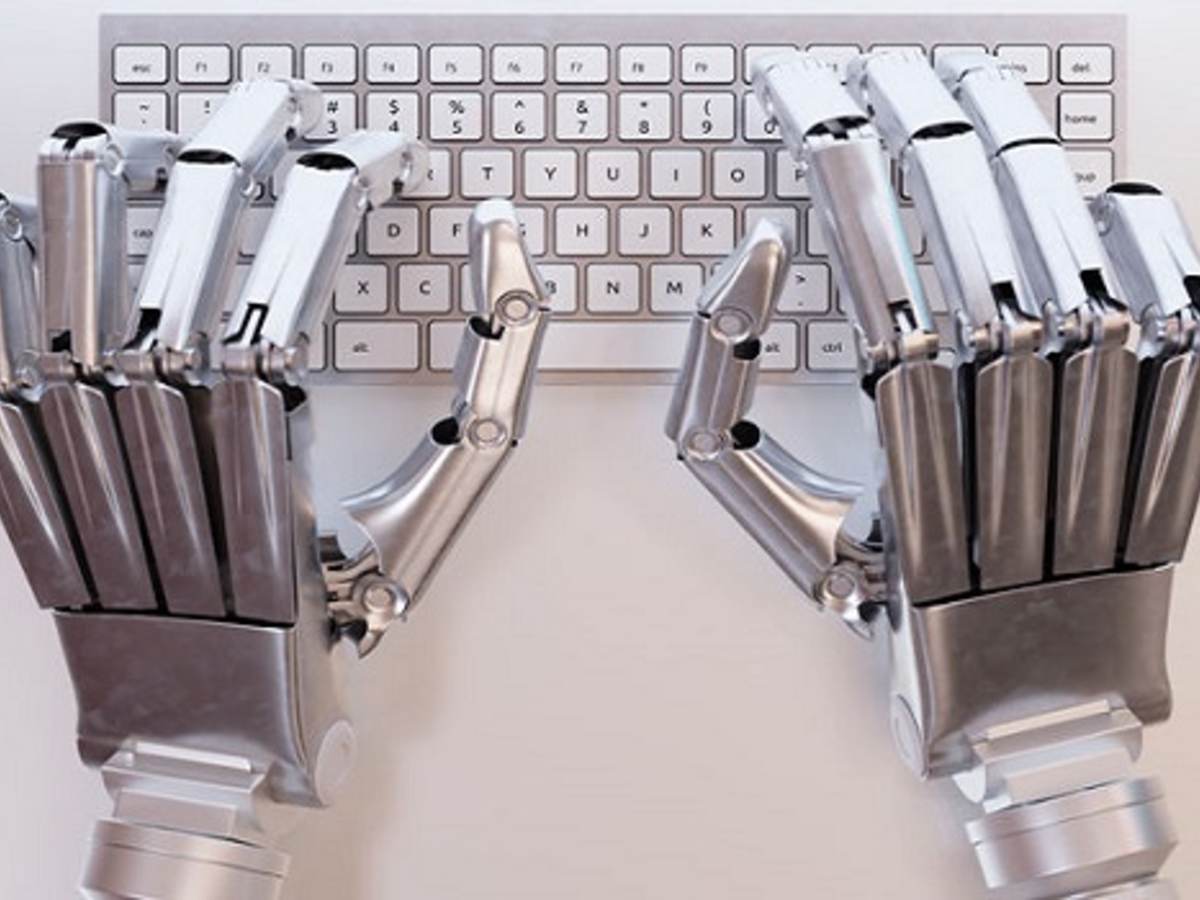October 31, 2017
Cash is no longer “king” when it comes to payment methods. While many consumers still prefer plastic – credit or debit cards – to complete most of their transactions, a shift is taking place towards non-traditional innovative payment methods.
Think about running to the grocery store, and at checkout, all you need to do is tap your mobile phone on a contactless reader to pay. That’s payment innovation at work.
Or you owe your friend a few bucks, so you transfer the funds electronically and the money is pulled from your bank account and transferred into your friend’s account in minutes. That’s also payment innovation at work.
Soon, using digital currencies such as bitcoin, voice assistants, your car or your fridge to pay for things will become commonplace in the new world of transactions.
“With more payment solutions, the more complex the transaction supply chain becomes,” said Bart van Hoek, lead principal advisor with UL Transaction Security – a unit that helps merchants, acquirers, payment brands and service providers build safer, more secure products through third-party support.
“This new and complex environment requires merchants to test more and more of these new solutions to make sure everything is working the way it was designed. There is a growing need for payment testing across the payment infrastructure – from the payment card to identity verification all the way to the merchant’s terminal and back-end systems.”
As payment infrastructure evolves to incorporate these new code-based features, the payments industry can no longer rely on individual businesses to conduct tests manually and must find new, ways to test payment products efficiently. This is what UL refers to as “test innovations.”
Automation can lead to new tool creation
One way to optimize payments testing is through automation.
“What we see happening is that test cases are not written in a human-readable format but rather a format that only a computer understands. We now use an algorithm designed for computer comprehension so that test cases can be run automatically,” added van Hoek.
For example, if there are 2,300 test cases to be completed, that would take an individual about two weeks to run them all. Instead, a computer can complete the same task within four hours.
“With a machine-readable test case, we can create a new test tool in days rather than months. The ability to create new test tools faster with fewer resources and fewer people leads to higher quality results, time savings for customers in their go-to-market plans, and reduced costs when it comes to the testing process,” said van Hoek.
Robotics help remove human effort
The use of robotics is another example of a test innovation.
In the current retail payment environment, customers swipe their cards into payment terminals, select their payment methods, enter PIN numbers and complete their transactions; replicating each of those actions in a testing environment is very labor intensive. With robotics, a machine can replicate these actions, remove human effort, and - coupled with automation capabilities- can complete more test cases.
“There are millions of different test cases out there. With current testing capabilities, we select 2,000 of the test cases that best represent most cases. Ideally, we would do all the test cases available, but we can only do that if we start automating and applying robotics to the process,” said van Hoek.
Machine learning helps systems learn automatically
Machine learning is another innovation that UL is looking to leverage, and one that takes automation a step further. By applying machine learning, UL can bring another layer of optimization to testing by building systems that can learn automatically and improve from their experiences without being explicitly programmed.
“Machine learning algorithms are extremely good at finding correlations in very large datasets. In payment testing, we collect large amounts of data as we see many different cards, messages and protocols,” said van Hoek.
“There is so much data that we have that we don’t leverage yet to its full extent, and that’s where machine learning will start becoming more relevant – and it will be a huge game changer.”
By incorporating tools such as automation, robotics and machine learning, the turnaround time for payments testing will be improved, allowing innovation to move forward and keep pace with the ever-changing technology. Visit UL Transaction Security to learn more about navigating the complex world of electronic transactions.

